Primarily used as animal feed, copra meal is an important feed resource in the Philippines. In 2014, the Philippines produced about 750,000 metric tons of copra meal as coconut by-product. About 60% of this was locally utilized mainly as animal feed.
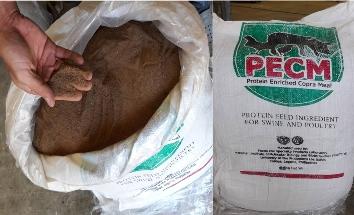
Like soybean meal, copra meal is technically classified as a plant-based protein feed ingredient and mainly used as source of protein and energy in mixed feed. Records from 2012 showed the Philippines has been importing about $500 million worth of soybean every year.
There are, however, several concerns on the use of soybean meal as feed ingredient. These include its fluctuating market price, its being an expensive import commodity, its erratic supply, and the fact that that it even competes for human food.
To address the issue on high cost of soybean importation and to ensure the quality of animal feeds, the Philippine Council for Agriculture, Aquatic and Natural Resources Research and Development of the Department of Science and Technology (DOST-PCAARRD) supported research and development (R&D) programs on feed resources under its Industry Strategic Science and Technology (S&T) Program (ISP).
One of the program’s accomplishments is the use of formulated feeds for swine, poultry, and aquatic animals with Protein Enriched Copra Meal (PECM) that was developed by the National Institute of Molecular Biology and Biotechnology of the University of the Philippines Los Baños (UPLB-BIOTECH).
Through solid-state fermentation technology, the PECM is enriched with microorganisms that increase the protein content of copra meal to about 36 to 44% crude protein content, comparable to the 46% of soybean meal.
A group of researchers from the Institute of Aquaculture, College of Fisheries and Ocean Sciences of the University of the Philippines Visayas studied the possibility of substituting 50% soybean meal, as a major feed protein source, with PECM.
Titled, Field trial of protein enriched copra meal (PECM) as feed protein for tilapia, milkfish, and shrimp, the project is led by Professor Valeriano L. Corre Jr. and Dr. Rex Ferdiand M. Traifalgar of the said agency.
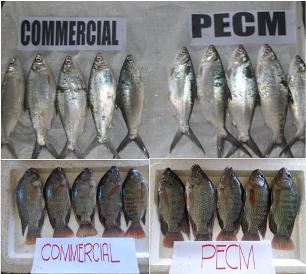
Study showed that soybean meal and PECM have the same biochemical composition in terms crude fat, crude protein, and crude fiber.
Under the project, feeding trials were conducted on shrimp (Penaeus vannamei) in low and high density systems; freshwater tilapia (Oreochromis niloticus), and milkfish (Chanos chanos) to determine the effect of formulated feeds with PECM as protein ingredient.
Initial trials showed promising results in reducing feed costs.
As envisioned, results highlights showed that protein enriched copra meal could be used as major protein source and replace 50% soybean meal in aquaculture diets without compromising the growth, production and feed efficiency.
With PECM, it is expected that the country can lessen its dependence on expensive imported soybean meal and fish meal.
by Ricardo R. Argana, DOST-PCAARRD S&T Media Service

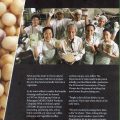
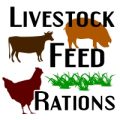

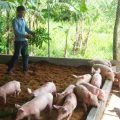
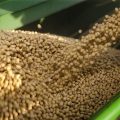

as a shrimp nutritionist
and living in Tahiti where there exists a copra meal factory
the cctrate in copra meal would be interesting to produce there for the aquaculture projects.
some more information on tests of PECM with shrimp would be welcomed
beset regards